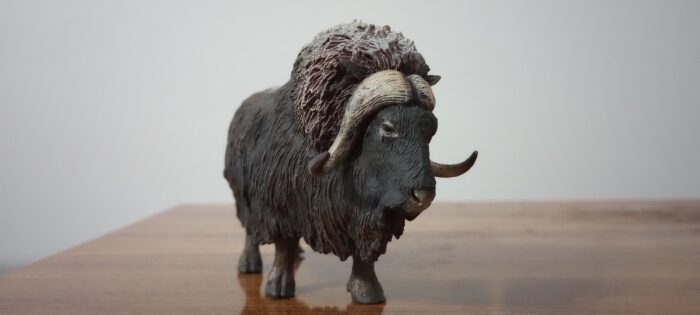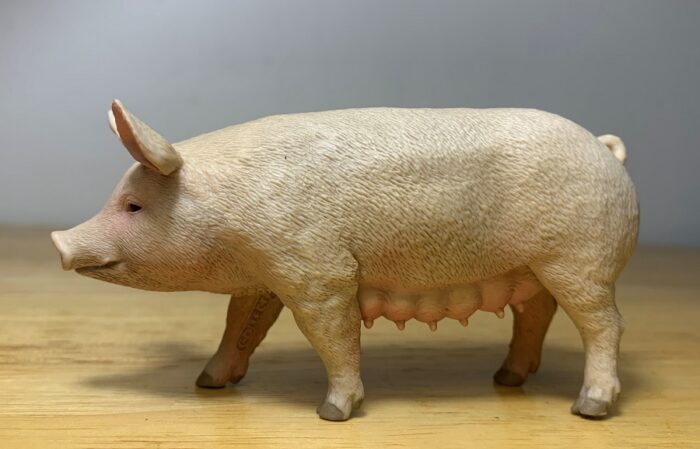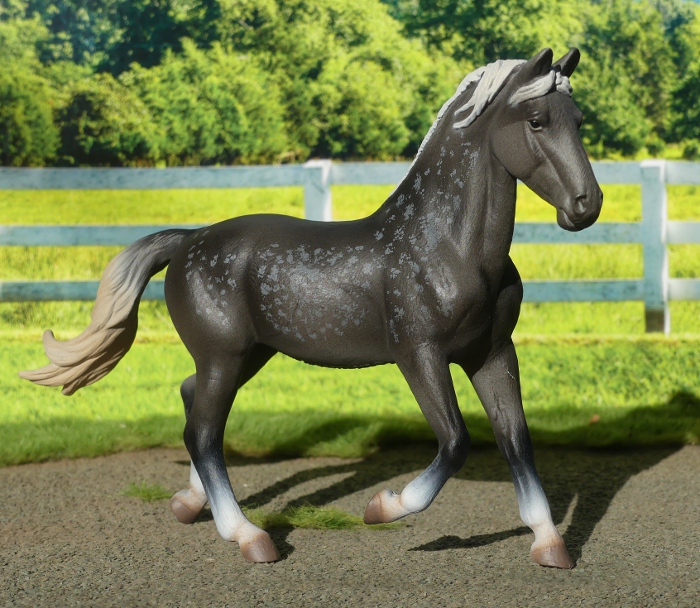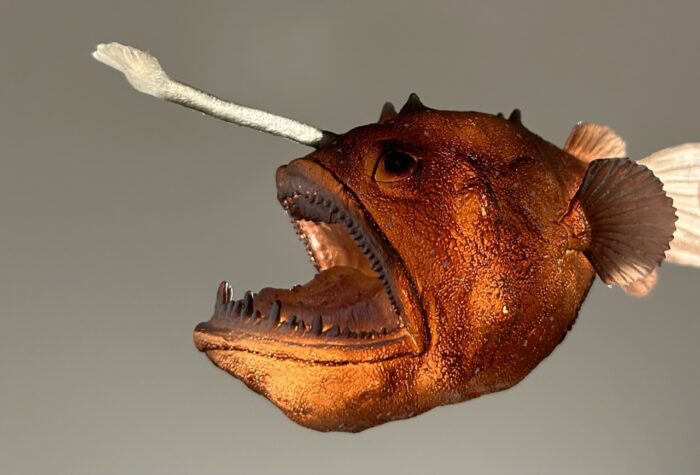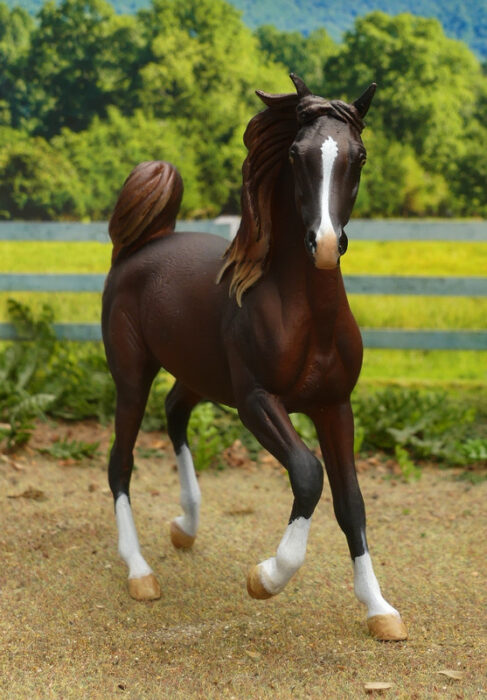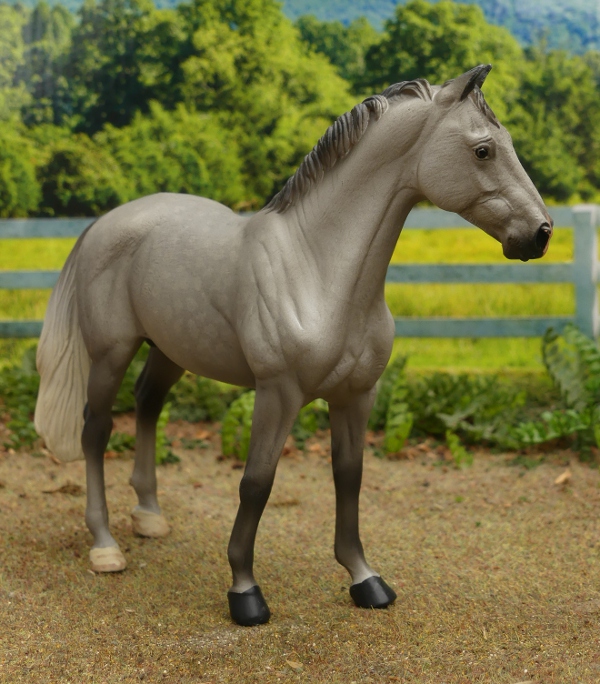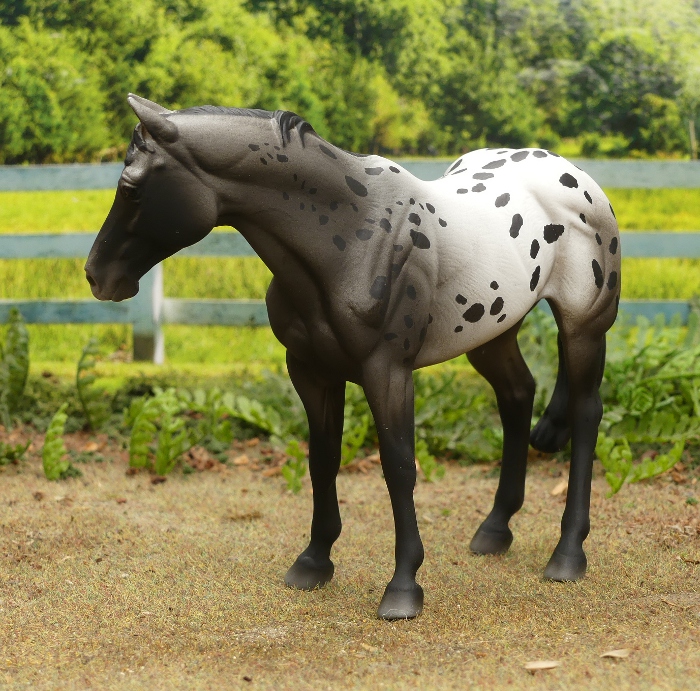For author’s summary of species look here
Over this past year, I’ve made the choice to replace my Schleich Muskox with CollectA’s version. With a shoulder height of about 6.5cm, this figure roughly belongs to the 1:18-1:23 scale. This places it well within the range of most other figures of large terrestrial animals.

